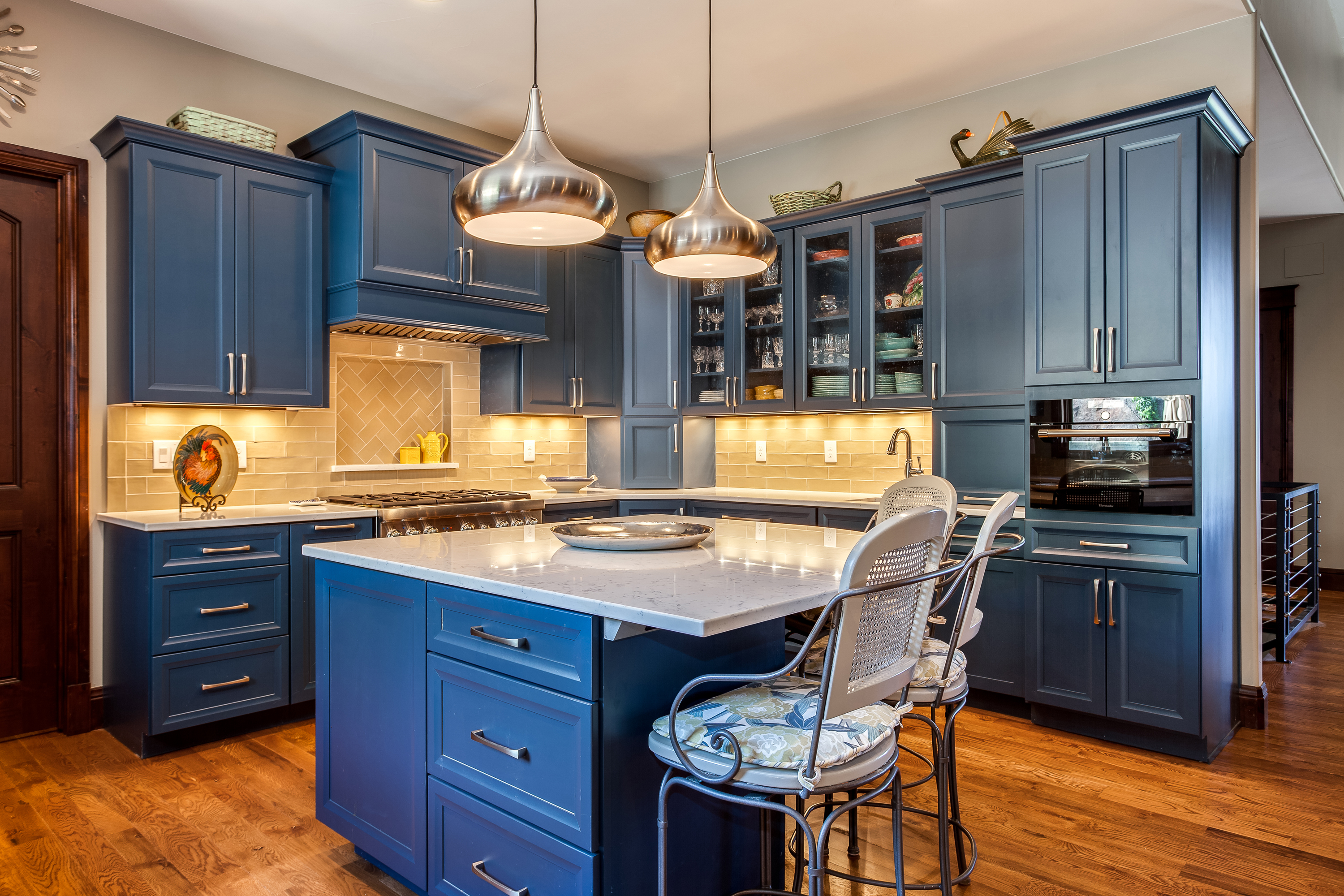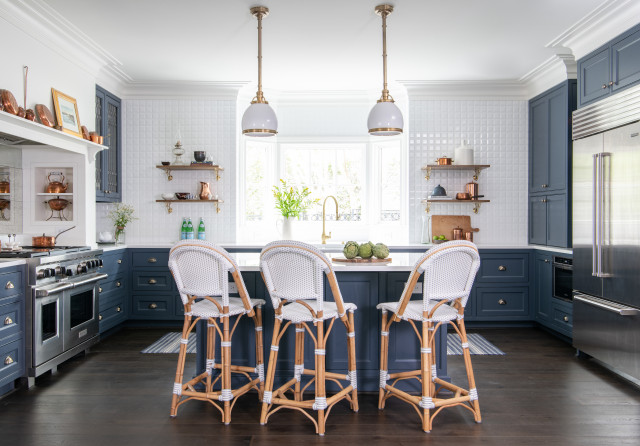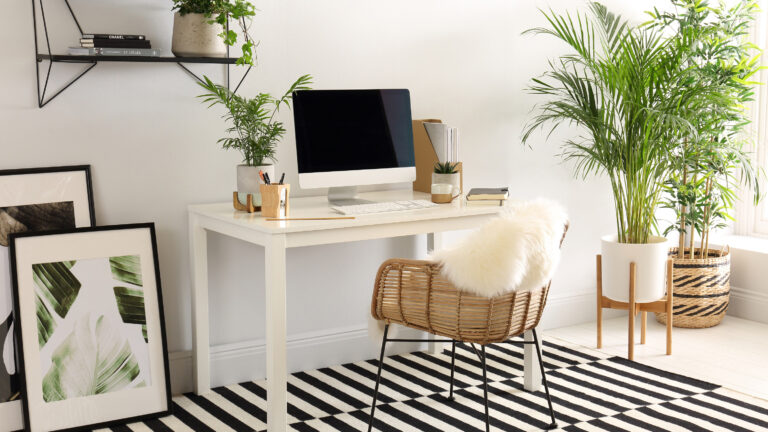What Makes A Successful Kitchen Design?
A successful kitchen design is one that meets the needs of the homeowner and creates a space that is both beautiful and functional. A successful kitchen design will include elements such as adequate storage, easy access to the appliances and fixtures, and a comfortable layout. The design should also be tailored to the homeowner’s lifestyle and entertaining needs, as well as incorporating energy-efficient appliances and materials. Finally, a successful kitchen design should also be mindful of the budget and time restraints of the homeowner. By considering all of these elements, a successful kitchen design can be created that will meet the needs of the homeowner for years to come.
Choosing the Right Layout
When it comes to designing a kitchen, layout is key. A well-designed kitchen should be spacious and easy to navigate, allowing you to move around freely and comfortably. Additionally, a great kitchen layout should also be aesthetically pleasing, featuring a selection of colors, textures, and materials that work together to create a cohesive look and feel. To achieve a successful kitchen design, it’s important to consider the three main types of kitchen layouts: galley, L-shape, and U-shape.
The galley kitchen layout is ideal for smaller spaces and consists of two parallel walls with countertops, cabinets, and appliances on either side. This layout is great for single-person households as it offers plenty of storage and a streamlined workflow.
The L-shape kitchen is a great option for larger kitchens, as it utilizes two walls to create a distinct cooking area. This layout allows for plenty of storage and countertop space, and it also creates a natural division between the ‘work area’ and the ‘living area’.
Lastly, the U-shape kitchen layout is ideal for homeowners who love to cook and entertain. With three walls of cabinets and countertops, this layout provides plenty of storage and countertop space, as well as a large central island for extra seating and prep space.
When it comes to designing a successful kitchen, it’s important to choose a layout that suits your lifestyle as well as the size of your kitchen. With the right layout, you can create a kitchen that is both functional and aesthetically pleasing.
Utilizing Space Efficiently
A successful kitchen design takes full advantage of the space available. It is important to consider the size of the kitchen to ensure that all appliances, cabinets, and countertops fit comfortably. Utilizing space efficiently means having a plan for how you would like the kitchen to flow. For instance, having an efficient workflow in the kitchen can help maximize space and increase productivity. Additionally, it is important to consider the kitchen layout when designing the space. This includes the placement of appliances, cabinets, and countertops, as well as the overall design of the kitchen. Additionally, efficient storage solutions are key for a successful kitchen design. By utilizing various storage solutions such as shelves, drawers, and cabinets, you can make the most of your kitchen space. Furthermore, it is important to consider the materials used in the kitchen. Choosing durable and low-maintenance materials can help with longevity and maintenance. Ultimately, having a well-thought-out kitchen design with efficient storage solutions and durable materials is essential for a successful kitchen design.
Maximizing Storage Solutions
Kitchens are the heart of the home and creating a successful design is key to ensuring a functional, beautiful space. Maximizing storage solutions is an important part of this process. No matter the size of the kitchen, designing with clever storage solutions can make a huge difference in terms of both maximizing the available space and creating a clean and organized look. Pull-out drawers, corner cabinets, and sliding shelves are all great ways to make the most of the kitchen’s existing space and ensure that all items are easy to access. Additionally, utilizing the walls and ceilings with hanging racks and overhead shelves can create additional storage and add an extra layer of style. With a few simple tricks, you can easily create a kitchen design that is both functional and stylish.
Incorporating the Right Appliances
When it comes to designing a successful kitchen, it is essential to consider the appliances you will be using. Incorporating the right kind of appliances will not only give your kitchen a polished look but also make it a much more efficient and practical space for cooking and entertaining. Appliances such as a refrigerator, oven, stovetop, dishwasher, and microwave should be chosen with care. They should be of the highest quality and match the overall style of the kitchen. Additionally, they should also take into account the size of the kitchen and the amount of food and supplies you will need to store in it. Furthermore, modern appliances come with various features and technologies that can make your kitchen look and feel more contemporary and efficient.
The right kitchen appliances will make your kitchen more efficient and enjoyable to use. By having the right appliances, you can cook and entertain with ease while creating a space that looks beautiful and works well. With the right kitchen design, you can create a kitchen that is both functional and stylish, and fit for the modern home.

Selecting Functional and Stylish Fixtures
Creating a successful kitchen design requires more than just picking out the right color scheme or choosing the perfect countertop material. To create an efficient and aesthetically pleasing kitchen, you’ll need to select the right fixtures and appliances. From cabinets and drawers to lighting fixtures and plumbing fixtures, the right selection of fixtures can bring your kitchen design to life.
When selecting fixtures, think both form and function. The design of your kitchen should be both stylish and practical. Look for fixtures that are both aesthetically pleasing and functional. Choose cabinets, drawers, and countertops that offer ample storage space for all of your kitchen items, appliances, and utensils. Consider adding multi-functional items, such as a kitchen island, to maximize storage and counter space.
In addition, keep in mind the size of your kitchen when selecting fixtures. Smaller kitchens should have fewer cabinets and drawers, while larger kitchens can accommodate a greater number of storage options. Avoid overcrowding your kitchen with too many fixtures, as this can make the space feel cramped and cluttered.
Opt for fixtures and appliances that are both energy efficient and durable. You want your kitchen to be able to stand up to the wear and tear of daily use without sacrificing energy efficiency. Consider features such as motion-sensor lighting, smart appliances, and eco-friendly fixtures.
By selecting the right fixtures and appliances, you can create a successful kitchen design that is both stylish and functional. From cabinets and drawers to lighting and plumbing fixtures, the perfect selection of fixtures can bring your dream kitchen to life.
Incorporating the Right Lighting
Creating a successful kitchen design is all about making the best use of the available space and incorporating the right elements. Lighting plays a major role in this process, as it can help to create an atmosphere that encourages people to stay and enjoy the space. Lighting can also help to bring out the colors and textures of the kitchen, making the space feel more inviting. When designing a kitchen, it is important to consider the type of lighting that will be best suited to the space, based on the size and shape of the room. Task lighting, ambient lighting, and accent lighting are all important components of a successful kitchen design. Task lighting is important for tasks such as cooking and food preparation, as it will help to ensure that the user is able to see what they are doing. Ambient lighting is useful for creating a general atmosphere in the kitchen, while accent lighting can be used to highlight specific features and finishes. It is essential to use the right type of lighting for different areas of the kitchen in order to create the desired effect.
Creating a Comfortable and Inviting Atmosphere
When designing a kitchen, it is important to create an inviting atmosphere that is both comfortable and stylish. To do this, consider the following factors: space, lighting, and furniture.
When planning the kitchen layout, it is important to consider the size and shape of the room as well as the layout of appliances and other features. It is also important to ensure that the kitchen is well-ventilated and has adequate space for movement, storage, and food preparation.
For a cozy atmosphere, consider adding lighting that is both functional and stylish. Wall and ceiling lamps, pendant lights, and recessed lighting are all great options that can help to create a pleasant atmosphere.
Finally, furniture should be chosen based on comfort, style, and functionality. Consider using seating such as bar stools, counter stools, and kitchen islands to accommodate guests. Additionally, choose furniture that is easy to clean and maintain.
By taking into account these three factors, you can create a comfortable and inviting kitchen that is both stylish and functional. With the right design and careful consideration, you can create a kitchen that is sure to be the envy of your friends and family.
Meeting Safety and Sanitation Standards
Designing a successful kitchen requires more than just selecting the right materials and colors. It’s important to consider safety and sanitation standards when designing a kitchen. These standards ensure the kitchen is a safe place to work, cook, and gather. When designing a kitchen, safety and sanitation should be top priorities.
First and foremost, safe and proper food preparation is essential. This requires having a designated area to store and prepare food, as well as a separate area to clean dishes. It’s also important to provide enough space for food preparation and storage, so that food can be safely stored and handled.
Additionally, a kitchen needs to be designed with safety and sanitation in mind. This means making sure there are no sharp edges or corners that could cause injury, as well as installing proper ventilation to remove steam and odors. It’s also important to provide adequate lighting, so that cooks can easily identify ingredients and utensils. Finally, ensure that the kitchen is properly sealed from pests, like mice and cockroaches.
By taking safety and sanitation into account when designing a kitchen, you can create a successful and safe space for cooking and gathering. It’s important to consider all of the elements of a kitchen design, including safety and sanitation, to ensure a successful kitchen design.
FAQs About the What Makes A Successful Kitchen Design?
1. What factors should I consider when designing a successful kitchen?
A successful kitchen design should take into account the size and layout of the space, the function of the kitchen, and the style of the rest of the home. Additionally, it’s important to consider how much storage, countertop space, and appliance options are needed.
2. How can I create a kitchen that is both stylish and functional?
A successful kitchen design should combine both style and function. Consider the overall look and feel of the kitchen, while also planning out how it will be used. Think about the types of activities that will take place in the kitchen and plan accordingly.
3. What are some tips for creating a successful kitchen design?
When designing a successful kitchen, it’s important to consider the layout of the space, the function of the kitchen, and the style of the rest of the home. Additionally, plan out the amount of storage, countertop space, and appliance options needed. Additionally, consider the overall look and feel of the kitchen and plan accordingly. Finally, if possible, have a professional help with the design to ensure all elements come together.
Conclusion
A successful kitchen design requires careful consideration of both form and function. It should be tailored to the individual user and their needs, and should be designed with convenience, comfort, and efficiency in mind. A successful kitchen design should also incorporate the right materials, colors, and textures to create a pleasant atmosphere and provide an inviting space for cooking and entertaining. With careful planning and consideration for the user, a kitchen design can be both beautiful and functional.






